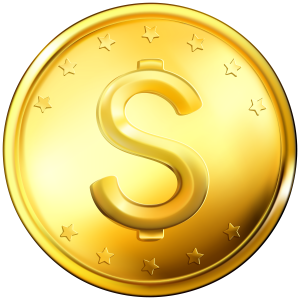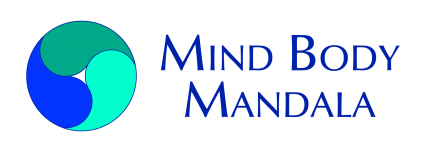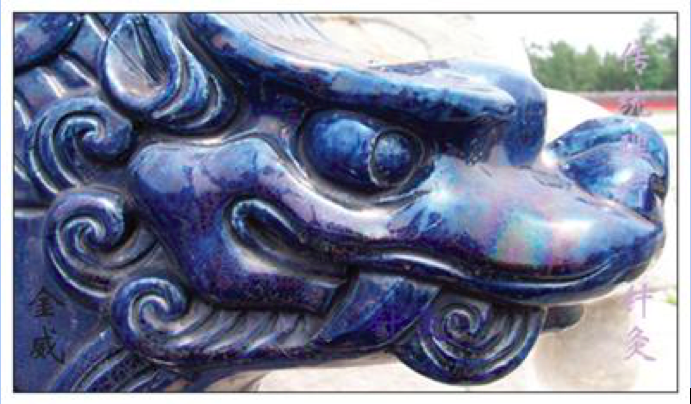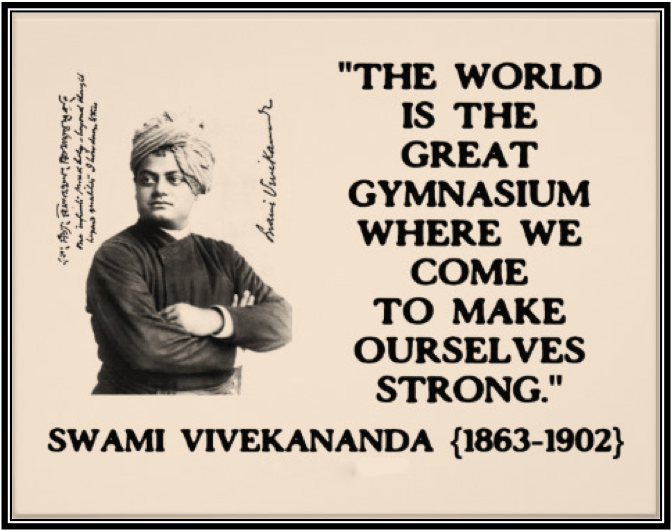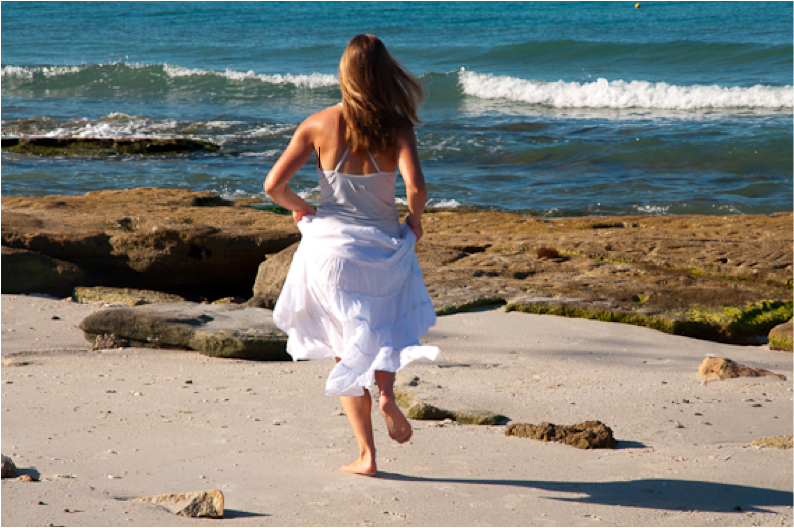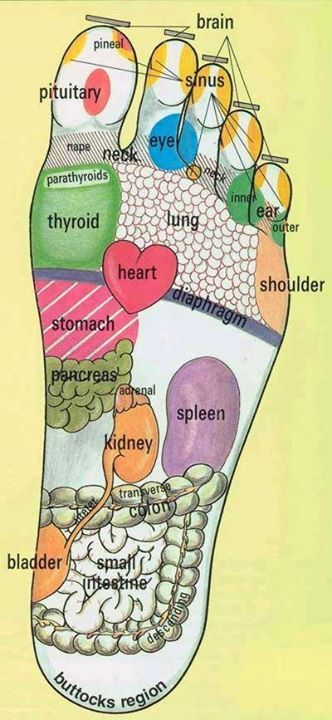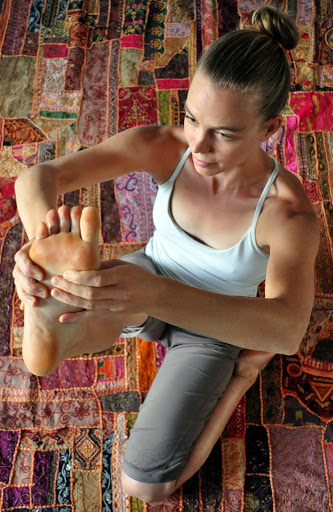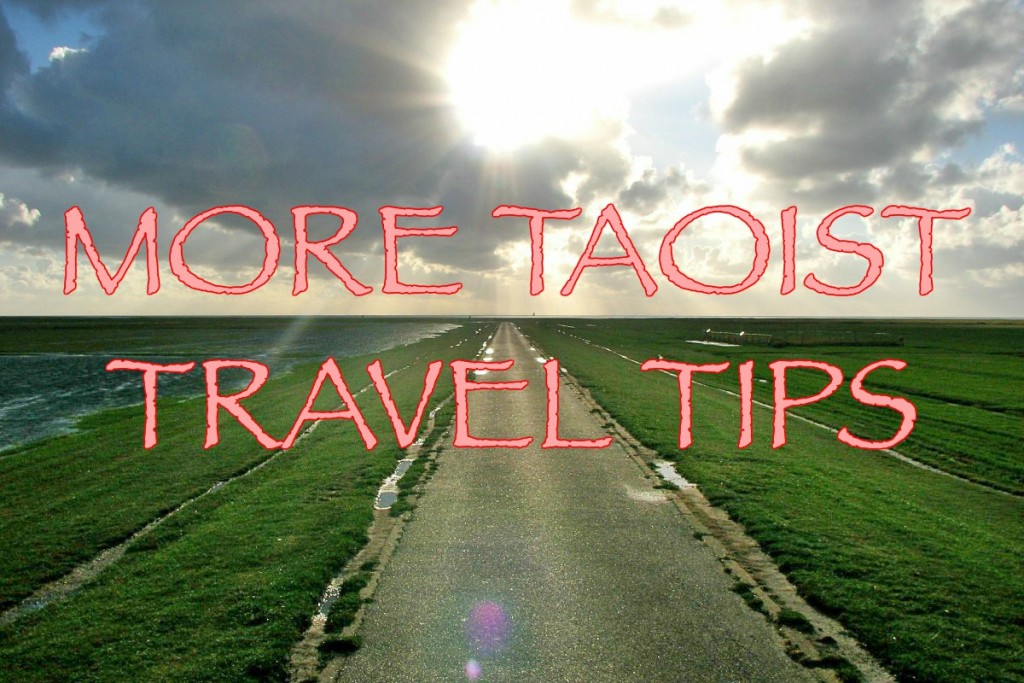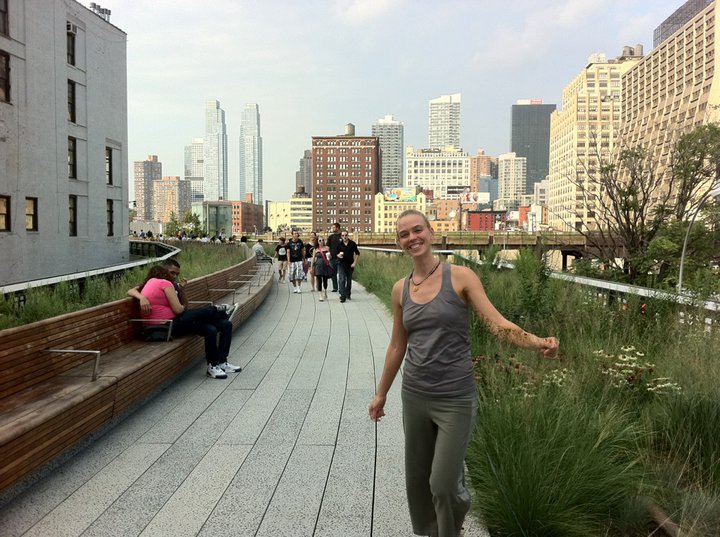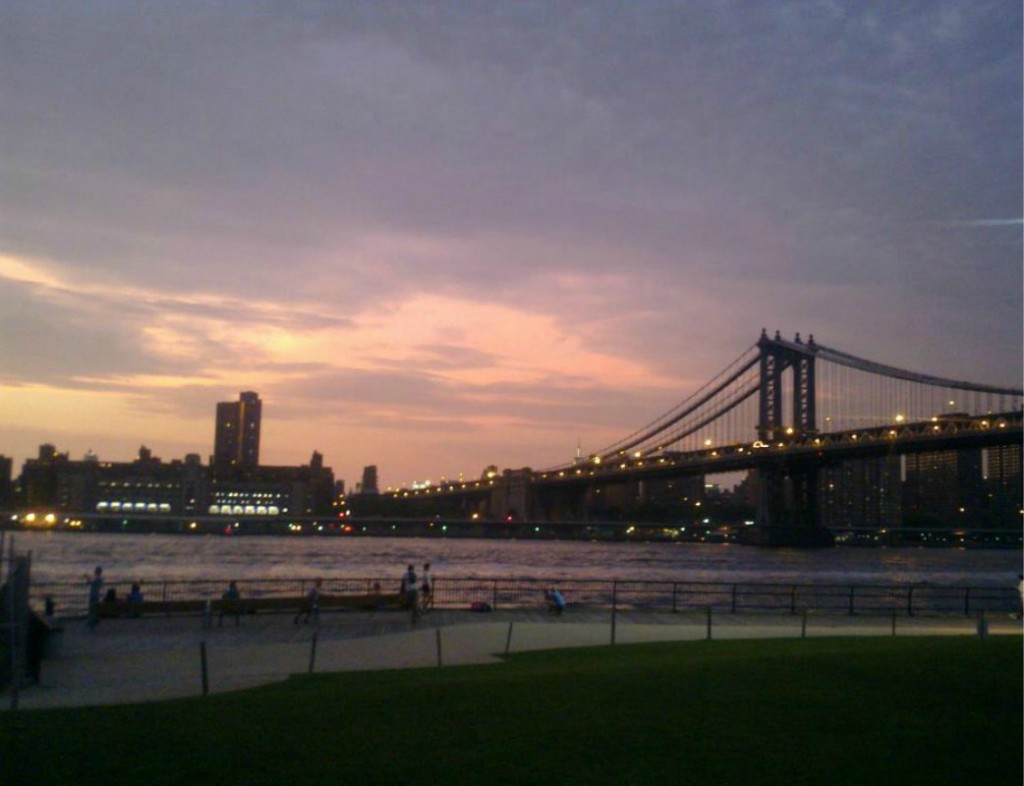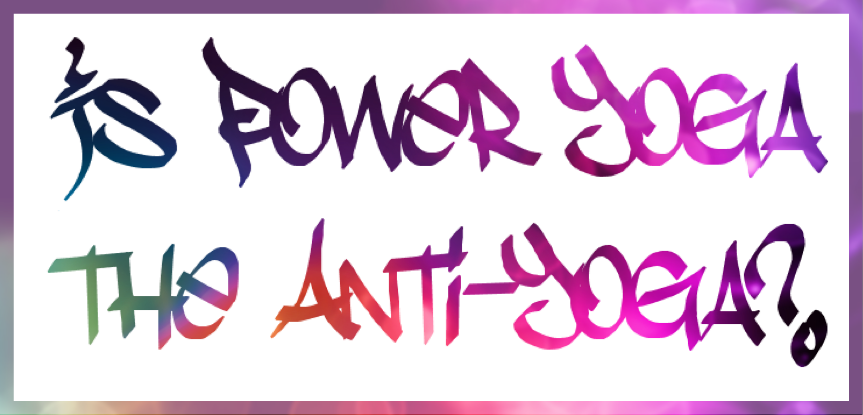The roulette wheel of life delivers the occasional hard knock to us all, and as luck would have it I got hit with a serious viral infection. We’re talking about the kind of sickness that will put most people in the hospital where they’ll possibly undergo surgery. It was REALLY bad. I’m not quite sure how it happened, except that I might have picked it up on one of my five hour commutes through New York City.
At first I thought it was food poisoning but then I developed a severe radiating pain in the right side of my jaw. I could barely chew my food – eating was painful and exhausting. The icing on the cake was I had just started a ten day housesitting job in Connecticut and had no way to access medical attention.
That was one of the hardest jobs I’ve ever done.
As soon as it was over I went to see Dr. Avi Ginsberg. He’s an Oriental medical provider and has been my primary care physician for over ten years. He diagnosed my condition as being an extreme case of “toxic heat” in the stomach channel. Dr. Avi proceeded to bombard the virus with remedies for clearing heat and building immunity. The arsenal of therapies that he used to treat me included:
- Acupuncture
- Chinese herbs (antibiotics)
- Cupping therapy
- Magnets
- Qi Gong
- Mung bean pudding
- Watermelon
- Daikon radish
- Peppermint tea
- Tamarind juice
- Colloidal silver
- Vitamin C powder
- Mouthwashes (salt water, baking soda, peroxide, vinegar, vodka)
- Raw garlic
- Alum powder
- Watermelon frost
- A mysterious black powder he got in Chinatown
- Red flower oil
- Far Infrared heat therapy
- Moxibustion
The beauty of these ancient remedies, folk medicines, and alternative therapies is that they do not deplete the body.
After a week I was 80% better, and after a month I’d healed completely. By allowing my body to heal through what I call “superhuman healthcare” I am healthier and stronger than I was before I got sick.
I’m sharing this with you because I want to help people understand how powerful and empowering alternative medicine is. It IS possible to heal from extreme viral attacks without toxic pharmaceuticals, surgery, or obscenely expensive medical bills.
Needless to say, I am very, very grateful to Dr. Avi for his help and I highly recommend his expertise to all of my friends. He provides Traditional Oriental Physiotherapy, Acupuncture, Dietary and Herbal Therapy, and Exercise Therapy in Parker, Colorado. For more information please visit Hatch Chiropractic and Wellness.
If you enjoyed this article you might also like:
Superhuman Healthcare – Herniated Discs
A Taste of Divinity – Raw Cacao
